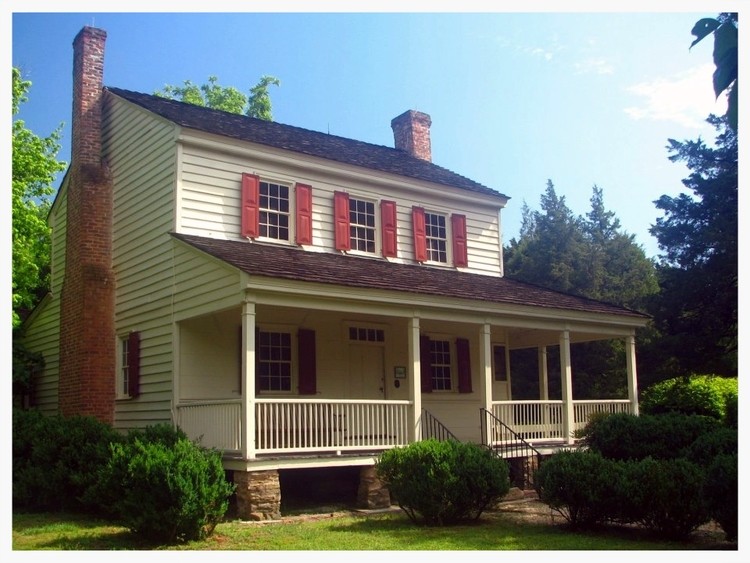Walnut Grove Plantation
Introduction
Text-to-speech Audio
In the mid-1760s, King George III granted schoolteacher Charles Moore 3,000 acres at this location to establish a plantation, what Moore would name Walnut Grove. It is one best examples of upcountry architecture in the region. It has been restored and furnishings from the period are displayed throughout the house. There are other structures as well including the schoolhouse in which Moore taught and the wheat house. The property also features a cemetery, nature trail, and a pavilion. The plantation was added to the National Register of Historic Places in 1970.
Images
The Walnut Grove Plantation House.

Backstory and Context
Text-to-speech Audio
Moore named the school he founded Rocky Spring Academy and it operated from 1770-1850. he and his wife, Mary, had ten children. One of them, Catherine, would play a crucial role during the Revolutionary War. She warned local residents and American forces of the coming British force led by Lord Cornwallis before the Battle of Cowpens. Her warning gave the Americans enough time to prepare and ultimately drive the British out of the colony.
Sources
Fant, James. "Walnut Grove Plantation." National Park Service - National Register of Historic Places. July 01, 1970. http://www.nationalregister.sc.gov/spartanburg/S10817742002/S10817742002.pdf.
"Walnut Grove Plantation." Spartanburg County Historical Association. Accessed October 25, 2016. https://spartanburghistory.squarespace.com/walnut-grove-plantation.
